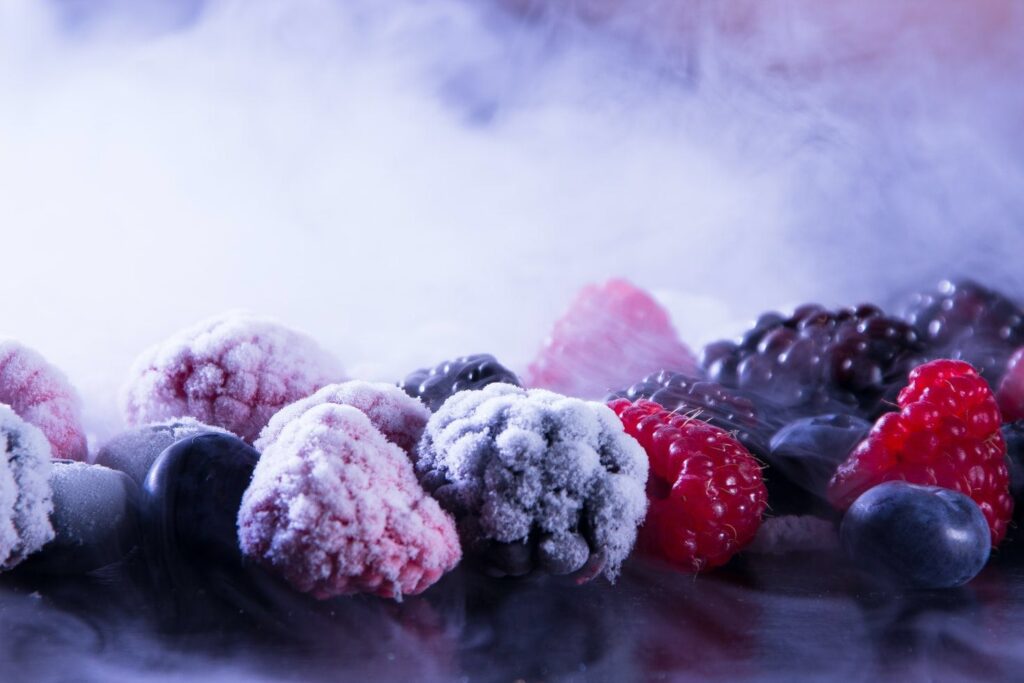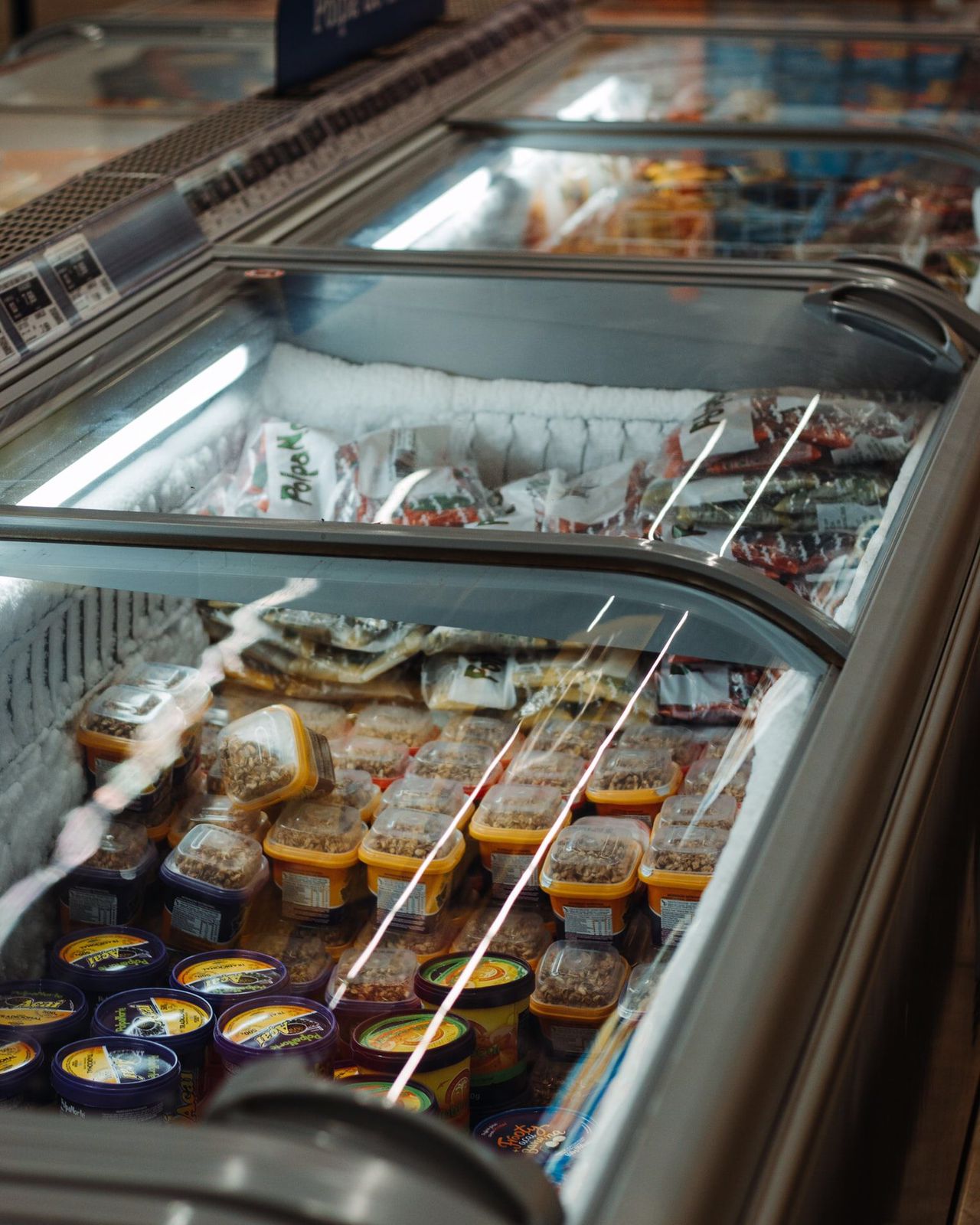While offering delicious cuisine, the success of commercial kitchens depends on some crucial factors in order to provide excellent service to their customers along with providing good value for money. There are certain safety guidelines to be followed for basic food so as to build a name for your brand.
Restaurant consultants should manage their commercial kitchens in such a way that they do not become breeding centers of germs and bacteria, causing food poisoning and other food-borne illnesses. Therefore, observing kitchen cleanliness guidelines is very important as you would be serving the public. While following these hygiene standards in a commercial kitchen, ensure that cleaning, cooking, chilling and cross-contamination are all covered.
A commercial kitchen’s refrigerator or cold storage are sometimes the breeding ground of bacteria and a source of cross-contamination. Some safe methods to thaw frozen foods would be as follows:

- As far as the refrigerator is concerned, plan ahead as most items can take an entire day or overnight to thaw.
- It is faster in cold water compared to thawing n the refrigerator.
- To thaw frozen foods in the microwave, remove any plastic or outer wrapping on the package
These are supposed to be the safest methods of thawing food stuff. It usually takes an entire day to thaw even a small quantity of frozen food, like a pound of ground meat or boneless chicken breasts. For large items a whole turkey or ham, it will take about 24 hours of defrosting time for every 5 pounds of food.
In order to speed up the process of defrosting, you can heat some water on a stove to 140 degrees (use a thermometer to check), turn off the stove and then place storage bags filled with chicken breasts and leave them for about 10 minutes so they can defreeze.
In order to defrost or melt frozen food, cold water thawing is best, submerge a bag of frozen food in cold water for about 30 minutes depending on the volume of food. For microwave thawing, use the defrost setting to thaw food over several minutes without cooking.

Frozen food needs to be thawed, because parts of the outer surface warm up enough to allow dangerous microorganisms to grow. Therefore, defreezing frozen foods properly is very important. All frozen raw meat, poultry and sea food should be thawed completely before cooking, otherwise the food would be cooked unevenly, leaving some of it uncooked or still frozen. Although, this method may take a while, it is the safest method and best preserves the food’s texture and quality.
In order to defreeze vegetables, you can add them to salads and stir-fry them well, as steam vents roast and sauté them in the pan. A smart way to defreeze corn kernels, peas or spinach is to remove them from their packaging and put them in a colander or strainer, and run cool water over them. As for pastries, breads and fruits, just defreeze by keeping them out for 2 to 4 hours at room temperature.
Restaurant consultants must ensure to educate the kitchen staff that perishable foods should never be defreezed on the counter, or in hot water and also should not be left at room temperature for more than two hours. The reason being, the center of the package may still be frozen while the outer layer of the food could be in the danger zone, between 40 degrees and 140 degrees F. this temperature breeds and multiplies bacteria.







